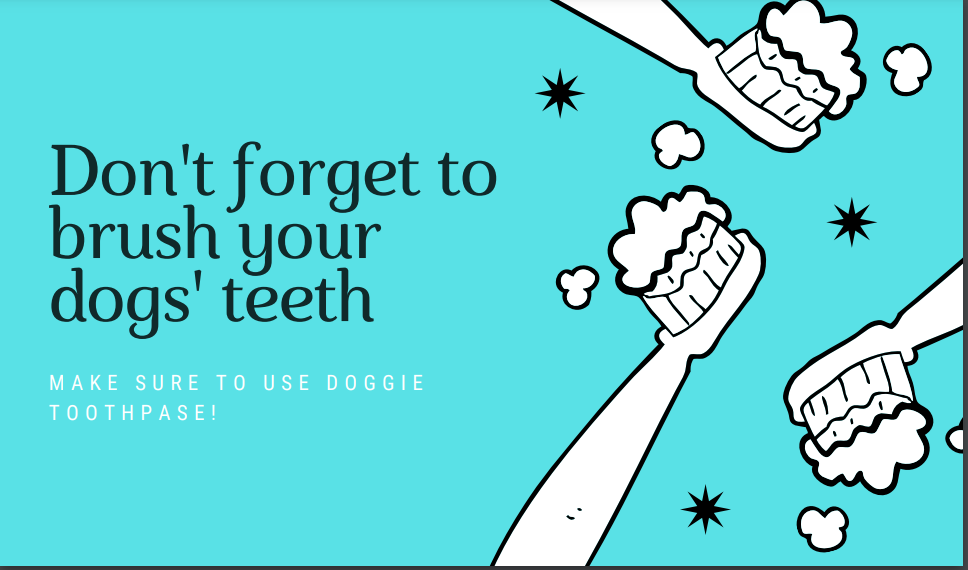If you own a dog, you need to pay attention to their teeth. This is even more important if you own a small breed dog such as a miniature schnauzer, since their small mouths predisposes them to dental issues.
Even if you brush your teeth daily, there will come a point when you would have to take your dog to the vet for a dental prophylaxis. In most of my schnauzers, this came at around the age of 4 thereabouts, but I had one who had considerable plaque build-up at age 2 despite daily brushings. This was a matter of concern for us, since bacteria that cause dental and gum problems can affect the heart and the kidney.
You’ll know when your dog will need to go to the vet. By then, you can probably see some hardened build-up or discoloration that the toothbrush could not remove. You might notice that his gums are bleeding, or that he is pawing his mouth or face, indicating pain. Your dog might even begin to get a smelly breath.
Almost all vets in the Philippines offer dental cleaning, so you won’t have difficulty finding a place for your dog’s prophylaxis. (Some groomers offer dental scaling too, but I prefer not to go that route.) Typically, the process involves lightly sedating your dog, so that the vet can go about cleaning the teeth using dental equipment. The process does not usually take very long — I would usually be able to pick up my dog after about three hours or less.
As with any elective procedure, there are some things you can do to make the whole process safer, easier, and more comfortable for your dog, and to prolong the benefits of the dental cleaning.
Here are some points to remember when you take your dog for a dental prophylaxis:
Make sure a blood test and physical exam is done before the prophylaxis. This is actually standard procedure, as the dog has to be in tip-top shape for this procedure to be done. If your dog has any medical issues, make sure to discuss this with the vet so that he can warn you if it will be safe to proceed. Remember that the dog will be sedated, so the vet needs complete information before the procedure is done.
Expect bad teeth to be pulled out. If there’s a tooth that is very decayed and needs to be extracted, your vet will do it during the procedure.
Dob’t be fooled by looks. Its possible that his tooth that looks good from outside is diseased inside. Sometimes, an X-ray might have to be done (although not all clinics have dental x-rays) for the vet to fully understand your dogs’ dental issues.
You can schedule dental cleaning while having other surgical procedures. If your dog is scheduled to undergo a surgical procedure that requires sedation, you can ask your vet to clean his teeth at the same time. This saves you the trouble of having your dog sedated twice. When one of my girls was spayed, I had her teeth cleaned professionally at the same time. Conversely, when you take your dog for a dental prophylaxis, it is an opportunity to have other things done — for instance, I usually ask the groomer to cut my dogs’ nails short and to clean their ears thoroughly whenever they go for their dental cleaning.
Follow-up care is important. Don’t think that you can skip the daily brushing once your dog has gone through a prophylaxis. On the contrary, you need to be more vigilant since the teeth are even more prone to staining after a prophylaxis. Continue to brush your dog’s teeth regularly and consider having regular dental cleanings as needed.

